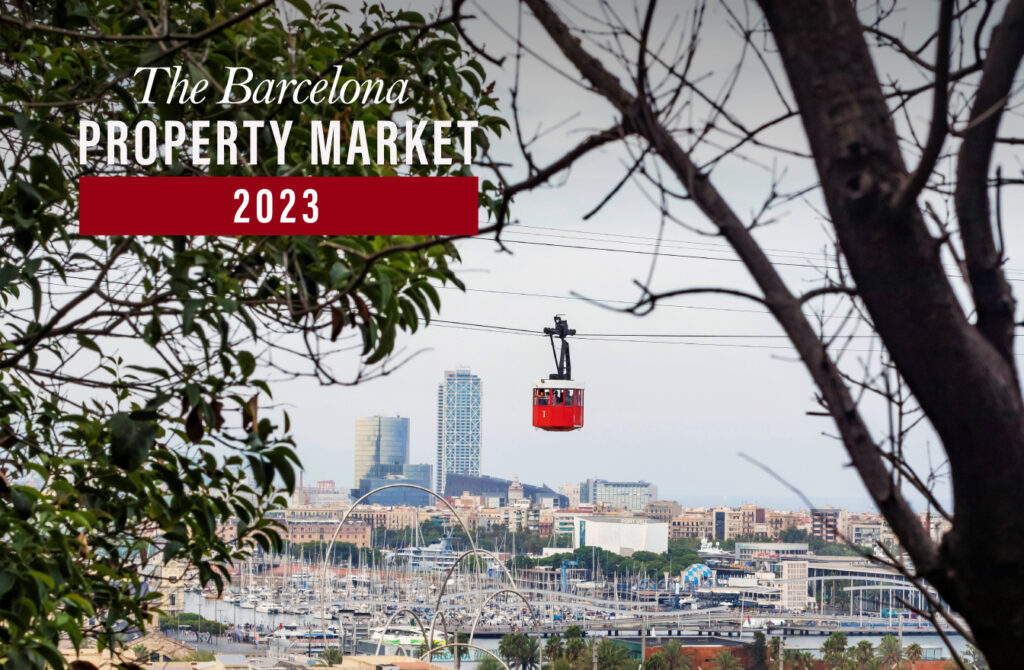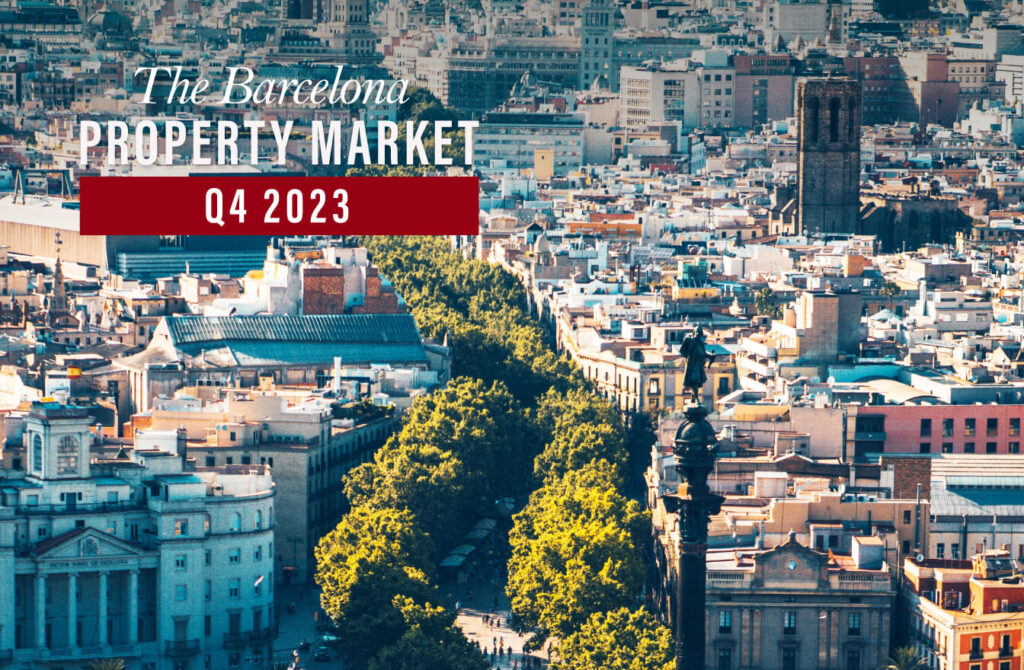
Are you comparing the cost of living in Barcelona vs USA? In this article we will talk about a lot of things: one of them will be how much does it cost to live in Spain (so with that, you will be able to know automatically (if you live in the USA) if it’s better or worse than the prices of your region.
So, if you’re an American who’s thinking about moving out of the states, here you will find all the information you need. Let’s go deeper into the costs of living in Spain vs the USA and all the things you must know, either you choose this country for retiring yourself in Barcelona or coming to live in Spain permanently.
Is it cheap or expensive living in Spain?
This question is completely understandable since, if we want to move there, it is preferable to calculate the price and budget we might have to set in order to move to this new place.
So, to the question if Spain is cheaper or more expensive than the USA, there are many answers. We have to remember that Spain is a big country and as it happens in the states, the price of living in Phoenix, Arizona won’t be the same at all as living in Downtown New York. The prices vary depending on where we’re searching.
But, how much does it cost to live in Spain per month? Well, if you’re willing to live in the capital of the country, Madrid, or in Barcelona, the price per m2 will be kind of higher than other cities like Zaragoza, Valencia, Málaga, etc. Just for context, we’ll set an example: In Barcelona for an apartment we can spend around 4.000€ per m2 on average, whilst on the other hand, Valencia, it’s half that price, 2.000€ per m2 on average.
If we want to get a more “standard” view on this, according to different resources, for one person, you could live at a basic to medium level for 1.500 € per m2. Obviously, there are some zones where the cost is higher because the type of properties that people who want to sell his apartment in Barcelona put, are more luxurious. Here we let you a post with some tips about how to find a flat in Barcelona.
We have to keep in mind all the other characteristics that make to rise the prices, such if you live in one of the most expensive streets in Barcelona (so, obviously you will be choosing the Barcelona’s uptown area, that is more expensive), more next to the beach or on the surroundings.
About on the surroundings
As we all know, it shares borders with other awesome countries to live in, more specifically, Portugal and France. If you’re looking to live somewhere that offers almost the same perks as living in Spain, you might want to consider Portugal.
Depending on where you get an apartment you’ll have beaches near you, the weather is really the same as in Spain, since it’s inside the Iberian Peninsula.
Portugal
This beautiful country is way cheaper than its neighbor Spain, only needing around 1.000€ to live a medium to basic lifestyle. Of course, this does not apply to the capital of the country nor the expensive places near the beach, just a working-class kind of neighborhood. So the cost of living in Portugal vs Spain is quite different.
Costs of living in the city of Barcelona vs living in the states
To start, we might have to clear this up. Yes, in general, living in Spain is cheaper than living in the States, so this is great news. Here we share with you some useful information if you are looking for buying a property in Spain as an American.
Also, we have to clear up that average salaries are double the amount of money than in Spain, therefore people get paid way more in the States than in Spain which makes the whole living price rise.
But maybe you are thinking: How much is the cost of living in Barcelona compared to us? Well, let’s segment this answer into different topics.
Food Prices
Eating is one of the main ways of hanging out with friends and family in Spain. Enjoying some delicious food at a table surrounded by people you care about, is one of the most meaningful things we can do. You can easily eat a good menu for 15 to 20€ all things included.
Now, if we choose a faster and less healthy choice, which is good once in a while, for 6€ you’ll be left satisfied.
Buying a Property
We’ve talked about this earlier today, but let’s get more in depth now. In our Barcelona real state, we are experts of all this catalan market: that’s why we can advise you better.
In Barcelona we have to know that it is not that easy to find bargains, and finding a good deal is the ideal thing. Let’s talk about m2 for now. In Barcelona, we can find flats for 4.000 to 6.000 € per m2, so if you are interested in apartments for sale in Barcelona, in Bcn Advisors we have a large list of luxury properties for you.
Renting a Property
If you were thinking about renting instead of buying a whole apartment, the price is entirely different. The average price of rental a month is about 600€, which is kind of high if we consider the average salary.
As you can see, it’s not complicated to live in Spain with 20.000€ a year, since it’s way cheaper than in the United States. Just by creating habits and using all the amenities some cities in Spain offer such as public transport and supermarkets with fair prices, you’ll enjoy a very comfortable life in the country.
We also would like to remark that it depends on the place where we decide to live, it’s not the same living in Barcelona or Madrid, than in Huelva. We’re sure that when you move to Spain, you’ll love every single thing about it; the weather, the views, the seaside, the food, the culture, etc.
In Bcn Advisors, we’d love to hear how good you’re doing in your adventure of living in another country as an expat.



 Barcelona real estate market in 2023
Barcelona real estate market in 2023
 Evolution of the Barcelona real estate market: Q4 2023
Evolution of the Barcelona real estate market: Q4 2023
 Evolution of the Barcelona real estate market: Q3 2023
Evolution of the Barcelona real estate market: Q3 2023
